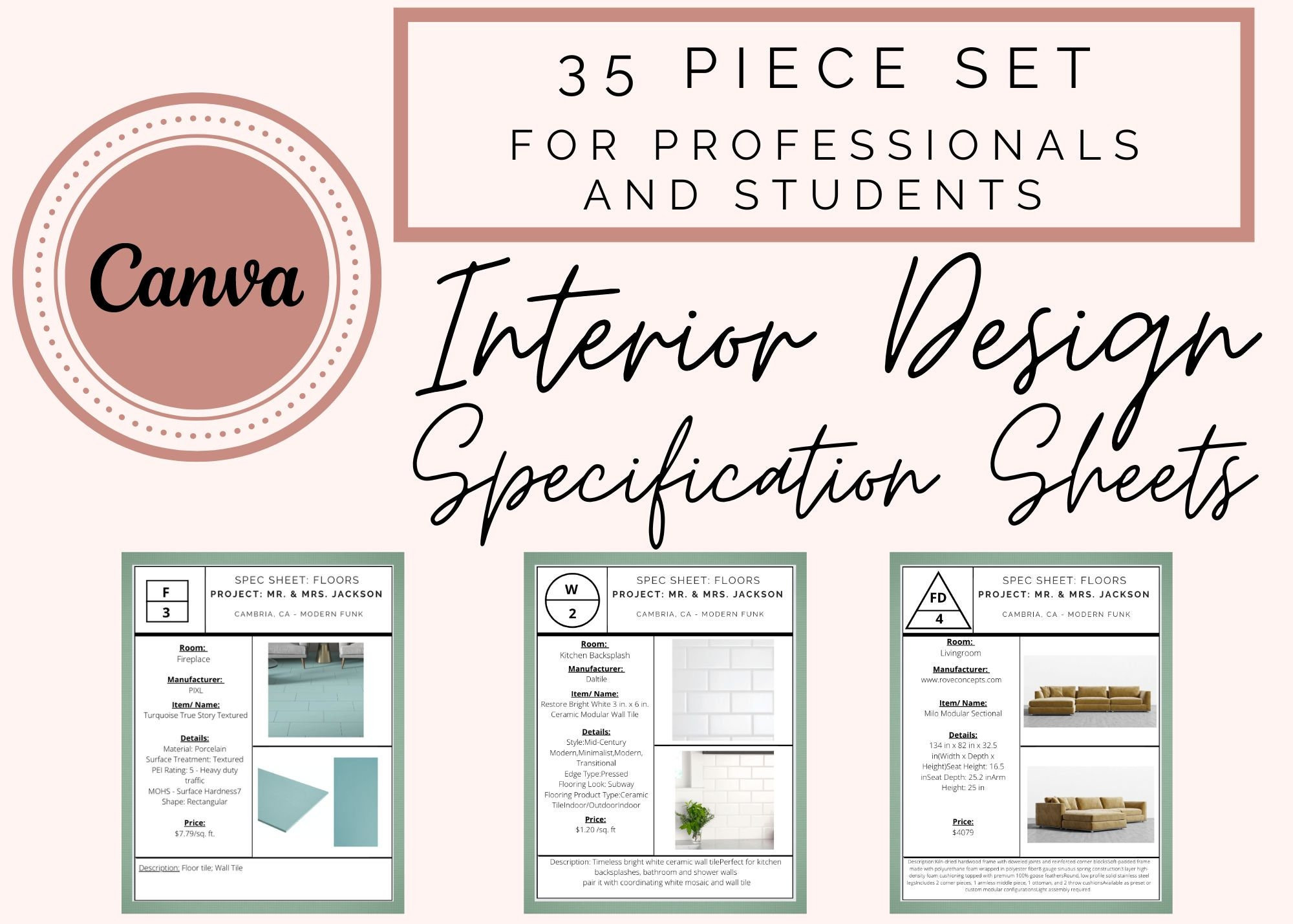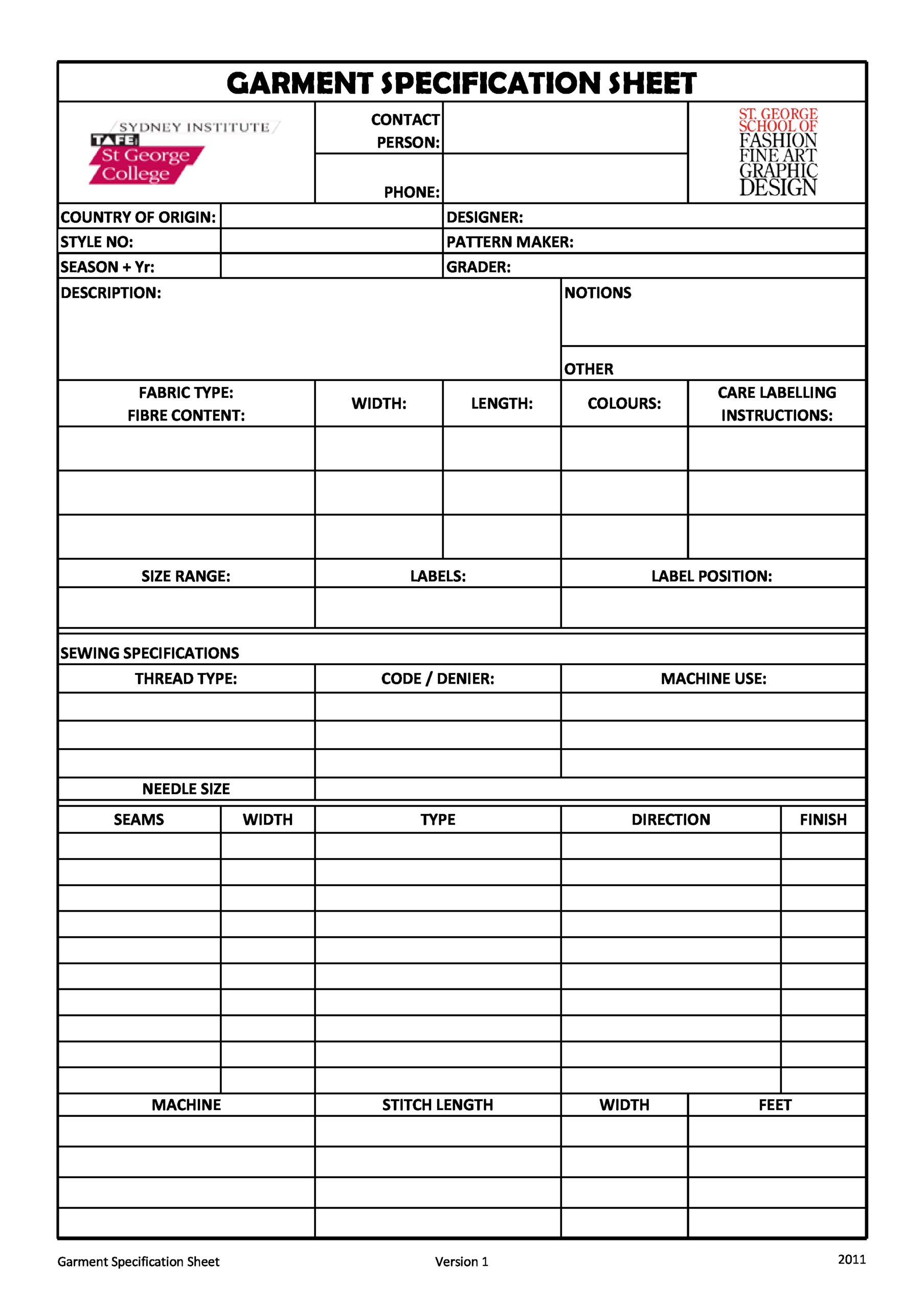Table Of Content

To guarantee these functional requirements are met, the design team collaborates closely with stakeholders. They identify and prioritize essential features and capabilities by gathering user feedback and examining market trends and industry standards. Your final Product Design Specification (PDS) acts as the lighthouse, guiding the product development ship through turbulent seas of innovation to the safe harbor of market readiness. Input from across the spectrum of your team is invaluable at this stage, encouraging a dynamic and responsive design process – one that thrives on collective expertise and shared goals. As we guide you through this foundational element of the product development lifecycle, you’ll discover how a meticulously crafted PDS can be a catalyst for innovation and efficiency. A Product Design Specification (PDS) serves as the architectural blueprint for bringing new products to life.
For developers, they can:
You can also view the user-experience workflow to gain a deeper understanding of the intended output. Include the length, height and width/depth of each of the items in your interior design spec sheet template. Interior design spec sheet templates are typically organized by room, such as by using different tabs in a spreadsheet for each room of the house you’ll be designing. After organizing by room, each tab should be organized by item type. So for instance, you could start with furniture, fixtures and equipment, then include finishes, materials and a category for other items.
Five Tips For Designers and Developers Working Together
Start your design spec with an overview that clearly articulates the purpose and objectives of the design project. This section should provide a brief summary of the target audience, project goals, and any specific challenges or requirements to be addressed. When you are not professional in product management and have never had to create a design specification before, then you have come to the right place.
Avoid feature creep
A little thinking and planning can make the actual implementation of a project a lot easier. The guide we wrote above will help you master the basic skills of writing a design specification document. A design specification is a written document that explains your product and specifies what you want it to perform as well as how the user should interact with it. While it may seem laborious to write everything down, it is the most crucial thing you can do in the early stages of product design and development. This is because the design specs direct the whole scope of your product development. Another reason to use functional specification documents before designing products or product features is to avoid running into the infamous design by committee conundrum.
Due to the limitations of available materials, the size and shape of the device required for optimal use, and the customer’s ideal production cost, this was not possible. Expecting your device to handle several hundred pounds of pressure more than the user will exert is not realistic. While it would be nice if it could withstand those forces, it does not meet the intended use criteria and is therefore not necessary. Trying to design it in such a way that would accommodate this extra weight would increase cost unnecessarily and require a complete redesign. To avoid situations like this, remember to keep the question of what problem do you want this product to solve in the forefront of your mind when developing your PDS.
Step one in identifying the product's users is to gather demographic info like age, gender, income, and education level. You can collect this data through surveys, focus groups, or market research on products with similar technology. A well-crafted PDS (Product Development System) clearly lays out the quality standards and procedures to ensure the final product meets the necessary quality criteria.

Questions for Reflection
In this case, the cycle is merely repeated, for which you will start with a brand new requirements statement and flesh out a new feature specification document. Often, developers complain about messy version control in Word documents and not being able to see specifically when and where a certain change was made. There’s also the case that it’s far easier to keep changes to a document synced in the cloud using a Google Doc. Ultimately, you’ll use your specification document as a guide when the time comes to create your MVP. Before you start writing your specifications, it’s important to take a step back and think about the problem you’re trying to address.
We all know that designers and developers sometimes have some hiccups during a project. However, we have a few guidelines to follow to avoid those roadblocks and improve communication across different teams. Let’s walk through an example of how you might put together a product specification with a discovery process. If you’d like to follow along and create your own product specification document as you go, you can use our free template. Designs evolve over time, and it’s essential to keep your design specs up to date. As changes are made, update your design spec accordingly and communicate the changes to the relevant stakeholders.
Evacuated Bristol housing block 'wasn't built to design spec' - Architect's Journal
Evacuated Bristol housing block 'wasn't built to design spec'.
Posted: Thu, 16 Nov 2023 08:00:00 GMT [source]
This can include information about the product’s construction, its use, how it works, and its dimensions. We hope this guide can help you better understand the concept of design specs and will help you to create design specs for your new project. Design specs provide the specific values and information of an interface design.
You can break a use case down further into user scenarios and user flows that describe, using diagrams, each stage in the process of using a feature. Mitigating risk is one of the most valuable things you can do on a project. Reducing any potential costly problems or wasteful actions makes for a very smooth design and development process. Annotated Wireframes – This is essential and one of the hardest parts of the process because it involves a lot of detail in communicating the functionality of the interface. But, there is a fine line between giving too much detail and not enough. Too much detail drowns your user and not enough leaves open questions that must be resolved in long email chains or meetings.
InVision is a popular prototyping tool that also offers design spec capabilities. It allows designers to create interactive prototypes and generate design specs for developers. InVision offers collaboration features, including comments and annotations, making it easy to gather feedback and iterate on designs. Embracing digital tools for Product Design Specification (PDS) creation offers additional advantages. Collaboration platforms enable real-time input from cross-functional teams, version control ensures the latest document updates are accessible, and comment features facilitate ongoing dialogue. Whether you opt for comprehensive software solutions or specialized online resources, these tools can drastically improve the collaborative nature of your PDS process.

No comments:
Post a Comment